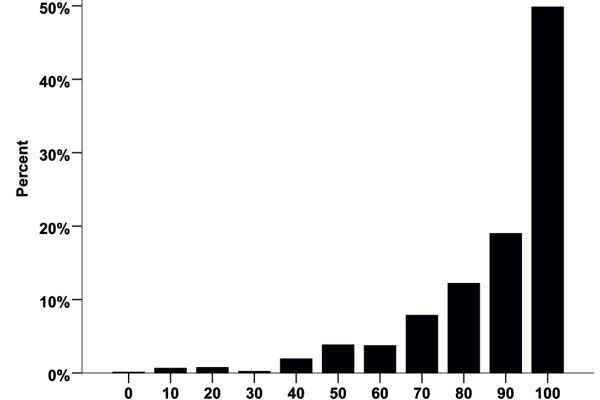2015-11-16

90% of the population is right-handed, but the development of this trait is not well understood. Here, a team of researchers from the biopsychology lab and the human genetics lab at the Faculty of Medicine investigated the role of genes contributing to the differentiation of the left-right axis during embryogenesis for handedness development. The team identified a haplotype on SETDB2 for which homozygous individuals showed a significantly lower lateralization quotient for handedness than the rest of the cohort after correction for multiple comparisons. Moreover, direction of handedness was significantly associated with genetic variation in this haplotype. This effect was mainly, but not exclusively, driven by the sequence variation rs4942830, as individuals homozygous for the A allele of this single nucleotide polymorphism had a significantly lower lateralization quotient than individuals with at least one T allele. These findings further confirm a role of genetic pathways relevant for structural left-right axis differentiation for functional lateralization. Moreover, as the protein encoded by SETDB2 regulates gene expression epigenetically by histone H3 methylation, our findings highlight the importance of investigating the role of epigenetic modulations of gene expression in relation to handedness.

90% of the population is right-handed, but the development of this trait is not well understood. Here, a team of researchers from the biopsychology lab and the human genetics lab at the Faculty of Medicine investigated the role of genes contributing to the differentiation of the left-right axis during embryogenesis for handedness development. The team identified a haplotype on SETDB2 for which homozygous individuals showed a significantly lower lateralization quotient for handedness than the rest of the cohort after correction for multiple comparisons. Moreover, direction of handedness was significantly associated with genetic variation in this haplotype. This effect was mainly, but not exclusively, driven by the sequence variation rs4942830, as individuals homozygous for the A allele of this single nucleotide polymorphism had a significantly lower lateralization quotient than individuals with at least one T allele. These findings further confirm a role of genetic pathways relevant for structural left-right axis differentiation for functional lateralization. Moreover, as the protein encoded by SETDB2 regulates gene expression epigenetically by histone H3 methylation, our findings highlight the importance of investigating the role of epigenetic modulations of gene expression in relation to handedness.